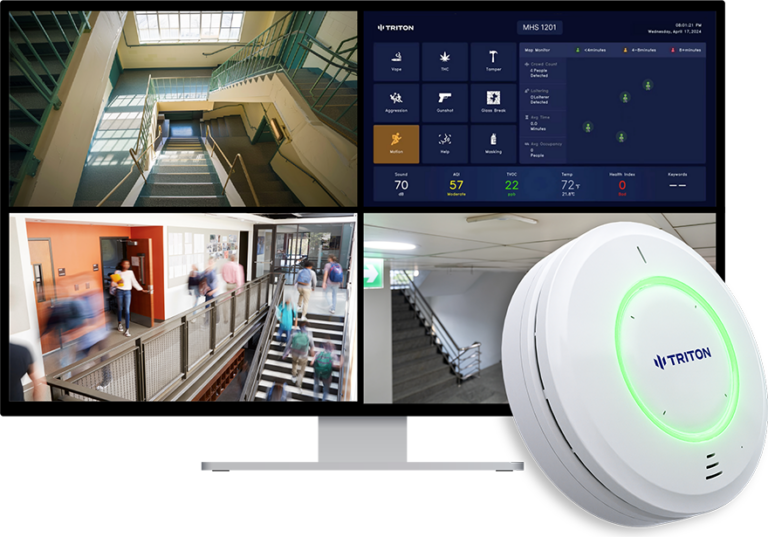In the past, e-cigarettes seemed to be unstoppable in schools. Students would sneak into the bathroom between classes to breathe in flavored nicotine vapors and THC. Administrators and teachers were left in the dark until their districts opted for the vape detection technology.
Today, schools across the country are reporting major success stories which demonstrate just how transformative the technology can help in tackling the vaping epidemic.
A Case study: Reduce the use of tobacco by 83 percent within 10 weeks
Luling Independent Schools District faced an issue with vaping. Despite warnings from school officials and the implementation of more stringent policies, some students still were vaping in the bathroom and locker rooms. Smoke alarms are useless in the case of vapor and staff simply cannot be everywhere all at once.

For a test, the district installed vape detectors on schools in March. The results were astounding. Within five weeks, incidents of vaping had decreased noticeably. In ten weeks’ time the number of vapers had decreased by 83%..
Administrators noticed a difference beyond the numbers. Teachers reported less disruptions and students began to understand that smoking vapes will not be a secret.
Similar success at Match Charter Schools
Match Charter Schools is another powerful model. They struggled to curb smoking vapes in high and middle schools. They put in place a set of vape smoke alarms in the month of August and saw immediate results.
In December, less than 4 months following the initial report, administrators notified of an 80percent decrease in vaping-related incidents. Parents and students praised the school for taking concrete steps to protect students, and teachers observed a marked decrease in the amount of hallway loitering and bathroom crowding.
The two districts above represent a trend that is growing Schools that implement vape detection report measurable improvement in their behavior and overall security.
What is it that makes vape detectors efficient?
The technology behind these results is what makes them feasible. Modern vape detectors can’t just detect vapor, they also monitor the quality of the air, measure occupancy, and even send notifications in real time to staff. This means that administrators don’t need to rely on their intuition and post-fact reports.
Detectors are also made with privacy as a priority. No cameras. No audio recording. Simply accurate, instant information that allows schools to act swiftly without compromising the rights of students.
The combination of efficiency with compliance, affordability and effectiveness makes vape detectors the best safe safety device schools can implement today.
Beyond Vaping: A Wider Safety Net
Many managers are aware that detectors go beyond smoking prevention. Modern systems detect loud noises keywords, triggers tied to emergency situations, and vandalism attempts.
The detector will alert the staff if, for example students start to wander around an area for restrooms. If someone shouts distressing words, like “help,” staff can be alerted instantly. In this way, vape detectors for schools become part of a larger safety strategy one that addresses both health risks and potential violence.
Parents and Boards support Vape Detectors
The most often ignored benefit is the confidence that comes from transparency. Schools using detectors can generate reports that clearly demonstrate patterns in vaping. The reports are distributed to parents schools, school boards, as well as the community to prove that actionable steps were taken.
Parents are particularly responsive to the tangible outcomes. Smoke detectors for vapes aren’t just catching students it’s keeping their health in check and spreading the message that vaping is not a good idea in schools.
The Recommendation is a Proven Path to Success
For years, e-cigarettes felt like an unresolved battle schools could not beat. However, case studies conducted in districts all over the country prove that this isn’t the case. Administrators can identify incidents and discourage risky behaviors in real-time using a vape detection device. This creates an environment that is safer for students.
The vaping problem is far from over, but the tide is changing. Schools that are investing in vape detection technologies aren’t just reacting to an issue; they’re actively paving the way towards a healthier future.
Conclusion
Technology is transforming schools from Texas all the way to Massachusetts. The modern vape alarm does more than simply alert. It transforms the behavior of students and builds trust. It also provides an all-time solution to some of the most urgent health issues facing students today. Vape detectors at schools are not a flimsy initiative for every district that is serious about student safety. They’re now a standard.